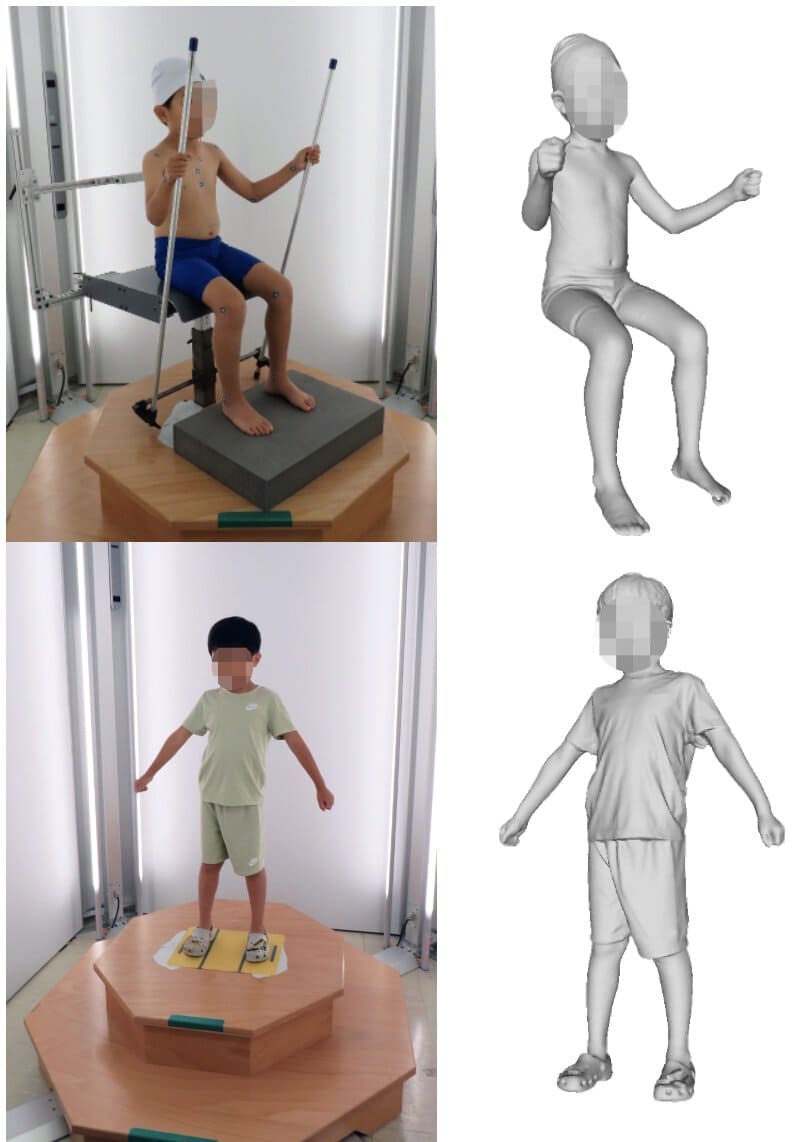YouthShape.US: A new study of the body size and shape of U.S. children and youth
Information on body dimensions is used in the design of everything from vehicle interiors and seat belts to clothing and protective gear — improving safety and comfort for people everywhere. And for the past 60 years, the University of Michigan Transportation Research Institute (UMTRI) has led some of the most consequential studies of body size, shape, and posture. In the mid-1970s, UMTRI researchers led the first large-scale, detailed study of the body dimensions of U.S. children and adolescents, measuring over 4000 children at sites across the country. The data from this study have remained primary reference for U.S. children until the present day, even as the population has changed dramatically.
To address the need for modern data, researchers in UMTRI’s Biosciences Group launched the new YouthShape.US study, combining traditional manual measurement methods with modern 3D scanning. Data collection began in 2024 and will continue through 2026 at multiple sites. While the output of previous studies was typically a set of tabular values, YouthShape.US is pioneering a new, interactive way of interacting with anthropometric data. The first results are now available for designers, engineers, and regulators to use.
“Most product designers today are looking up data on body size in the same way their predecessors did in the 1960s,” says Matt Reed, Don B. Chaffin Collegiate Research Professor and head of UMTRI’s Biosciences Group. “Our goal is to provide a new, dynamic way of interacting with the data through online apps. Designers can quickly find the dimensions they need and conduct analyses directly in the app.”
With the new data browser, statistics can be immediately computed for more than 60 dimensions, and relationships between variables can be explored using interactive plotting.
“We’re currently developing a 3D data browser that will provide unprecedented access to body shape data, allowing users to make any measurements they want quickly and easily across entire populations,” says Reed. “We expect the 3D app to launch in early 2026.”
